Suggestive Selling: 5 Upselling Tips for Luxury Retail Brands
Have you ever added a product to your online shopping cart and had a few similar suggestions pop up? Or perhaps you went to the store for a new pair of jeans, only to have the salesperson suggest a nice pair of shoes to go with it and before you know it you’ve got a new wardrobe? That’s suggestive selling.
This sales technique involves asking the customer if they need another product, or if they would like to buy something related to their purchase that will help meet their needs more effectively. It’s also referred to as upselling, a term you may already be familiar with.
When it comes to upselling in luxury retail, it’s almost always about selling an experience like no other. There’s always a little something more that can be done, something that no one else can do – except a limited few.
The benefit of this tactic is that it seeks to increase the average order value, which means that the business moves more products in a shorter time, increasing its revenue in the process.
Having said this, there are a few terms that people often mistake for suggestive selling or upselling, the most common being cross-selling. So, what is cross-selling in luxury retail and how is it different to upselling?
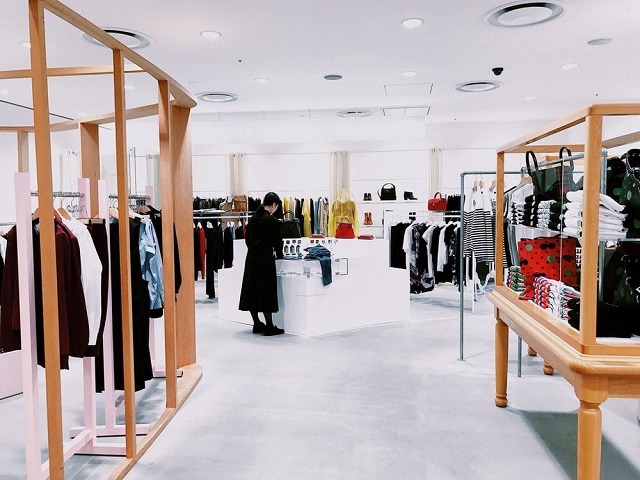
What’s the difference between suggestive selling and cross-selling?
While both tactics refer to adding value to the purchase being made, they are distinctly different.
Cross-selling aims to meet needs not met by the original product. So if someone bought a hairdryer, a cross-sell could be a hairbrush. They’re often products that would eventually be bought by the customer, cross-selling simply speeds up the process. If we were to look at a more luxurious purchase, if you were to buy a brand new BMW, a cross-sell could be the insurance that goes with it.
Upselling on the other hand looks to improve on the original intended purchase. If you went into a store looking to buy a new computer, you may have had an idea of what you need. So instead of buying something with only 8GB of RAM and an average LCD screen, you may walk away with a MacBook with even more memory and a 4K display.
So to put it simply, cross-selling adds to the purchase, while upselling seeks to improve on it.
Putting suggestive selling into action
Simply knowing a bunch of definitions is not sufficient enough to get started with suggestive selling. There are a few tricks of the trade that you should know, and we’ll help you out by sharing a few rather important ones.
5 Suggestive selling tips for luxury retail brands
1. It’s all about your customer and their experience
Take the time to listen to their needs and try over a customized option. People remember which brands meet their needs first and treat them well, a little personal touch makes all the difference.
2. Consider their budget and respect it
Don’t push for more when there isn’t more to give. Instead, try finding ways of securing a special deal that will fit within their budget without skimping on quality.
3. Accept “No”
Trying to force something will do more harm than good not only for the customer experience but for your brand’s reputation as well.
4. Stay in touch and build relationships
Brand loyalty is earned, so don’t be afraid to follow up with customers after a sale wherever possible. This could also become an opportunity to cross-sell.
5. It’s about being relevant and adding value
The point of upselling is to add value to the purchase, not to force customers into buying unnecessary products. Consider their needs and the products that will be able to meet them. Anything else can be an afterthought.
Examples of luxury brands successfully leveraging upselling
For a bit more of an idea of what upselling is as well as how you can go about trying it, let’s take a look at a few luxury brands that have gotten it right.
1. Urban Outfitters has done a great job with upselling their online store by using widgets to showcase similar options.
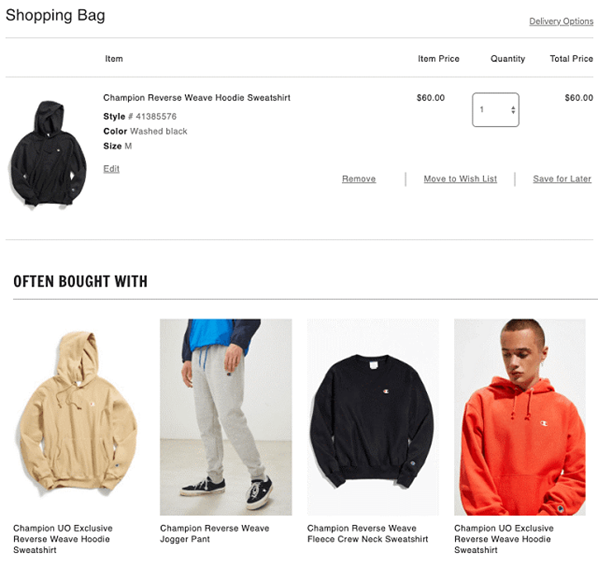
2. Verizon bundles up products to offer more value to their customers at a more budget-friendly price.
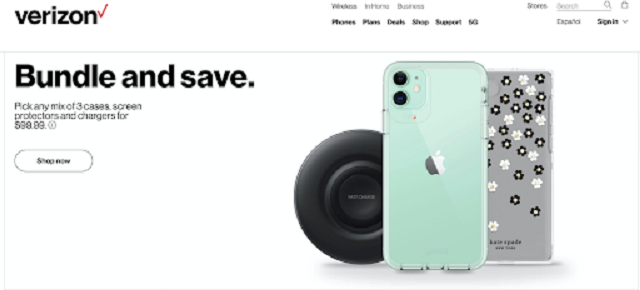
3. Wayfair uses customer reviews to support its upselling efforts and to increase brand credibility.
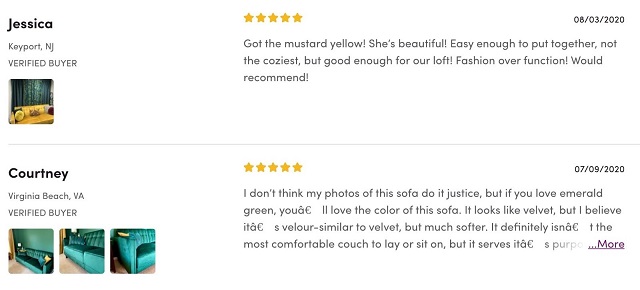
4. Sephora knows how to keep its audience interested by showcasing new arrivals front and center – keeping loyal customers in the loop at all times.
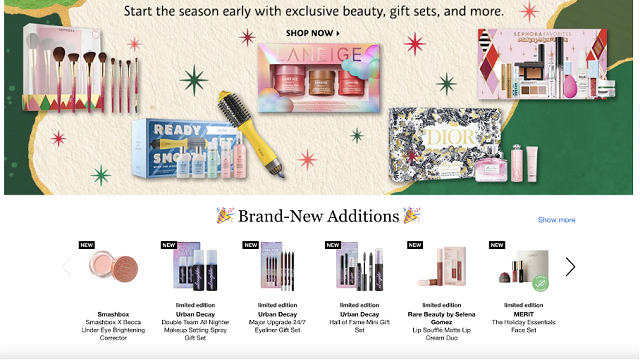
5. Walmart keeps customers interested by showing the products that other customers have viewed that are of a similar nature. It’s almost like a review but without a long-winded message.
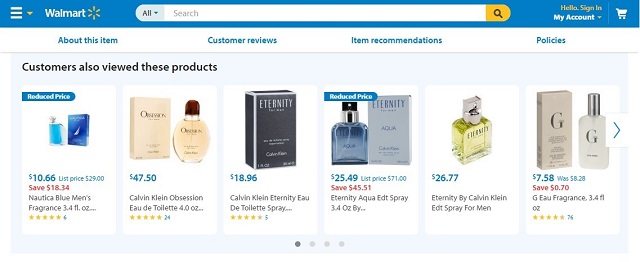
The idea is to increase value
It really is as simple as the. Suggestive selling is about suggesting better products to your customer. It’s about finding ways of making their lives easier and selling an experience.
When it comes to luxury brands, people want something more, something that makes it worth the price tag and bragging rights. Upselling seeks to play on this emotion, to the benefit of both the business and the consumer.
Subscribe To Us
Contributors
Categories
Subscribe To Us
Contributors
Categories

This website uses cookies so that we can provide you with the best user experience possible. Cookie information is stored in your browser and performs functions such as recognising you when you return to our website and helping our team to understand which sections of the website you find most interesting and useful. Third party cookies such as Google Analytics is also used on this site to provide analytics in order to better understand the user engagement on our site.
You can adjust all of your cookie settings by navigating the tabs on the left hand side.
Strictly Necessary Cookie should be enabled at all times so that we can save your preferences for cookie settings.
If you disable this cookie, we will not be able to save your preferences. This means that every time you visit this website you will need to enable or disable cookies again.







0.Comments